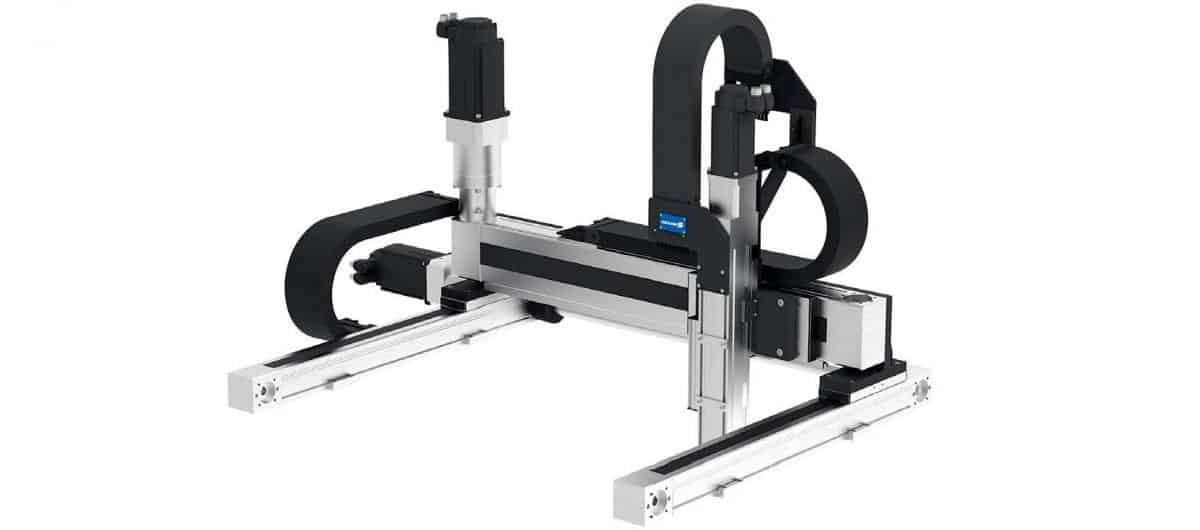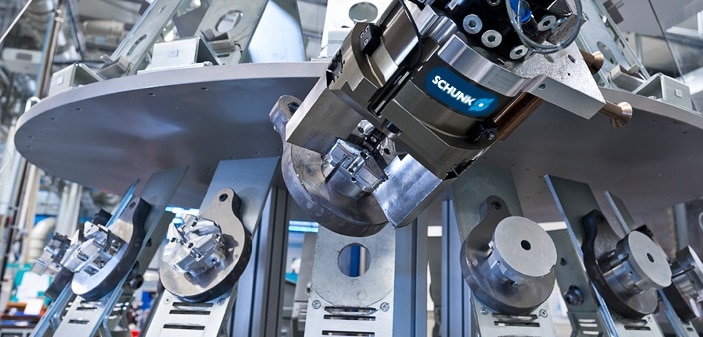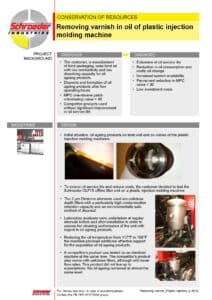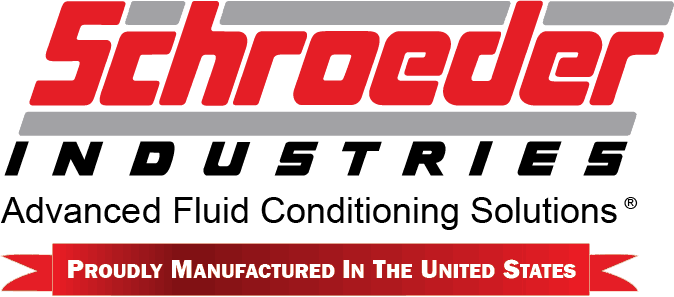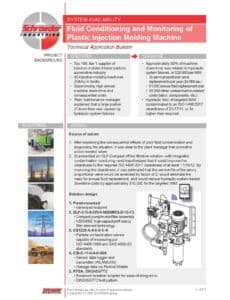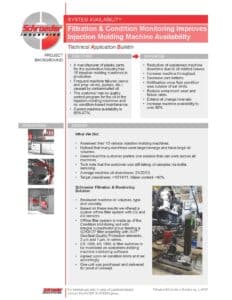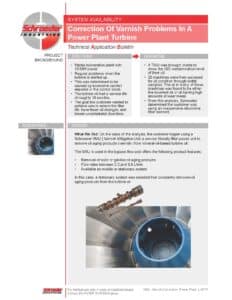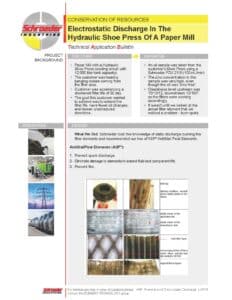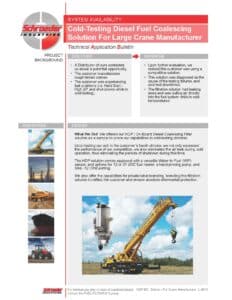Content from valued supplier partner SCHUNK – Superior Clamping & Gripping
A combination of Palletizing Module and Robot Coupling Robot systems offer a high flexibility and can carry out extra duties during the manufacturing process, such as measuring the components, insertion, deburring, or cleaning of the machine area. However linear systems are useful if simple linear motions are sufficient, or great distances have to be covered. In order to ensure a process-reliable pallet change, the use of special handling modules is advisable.
The slim lightweight coupling VERO-S NSR from SCHUNK has optimized interfering contours and can be used even in confined spaces, while still allowing pallet loading very close to the machine table. By using this coupling, very low superstructures consisting of clamping station and pallet are feasible. At a weight of 1.6 kg (size 160), the robot coupling generates pull-in forces of up to 15 kN, achieving an extraordinarily rigid system. In order to achieve an optimum ratio of rigidity, robustness, and weight, the components outside the force flow are aluminum, and components inside the force flow are hardened stainless steel.
Efficient Concepts for Automated Machine Loading
For automated machine loading there are two key starting points: Regardless if large series have to be machined, or if you are facing long processing times, the automated workpiece change has been successfully proven. The workpieces are directly exchanged with a robot or gantry in a power-actuated clamping unit, a clamping force block, or a power-actuated multi-jaw lathe chuck. For smaller and medium-sized series, the automated exchange of the clamping units is the better choice, since the complete clamping unit is exchanged together with the clamped workpiece. With this system, the workpieces and clamping devices are quickly and precisely fixed, positioned, and clamped in the machine.
Economic Alternative – Standard Gantries
